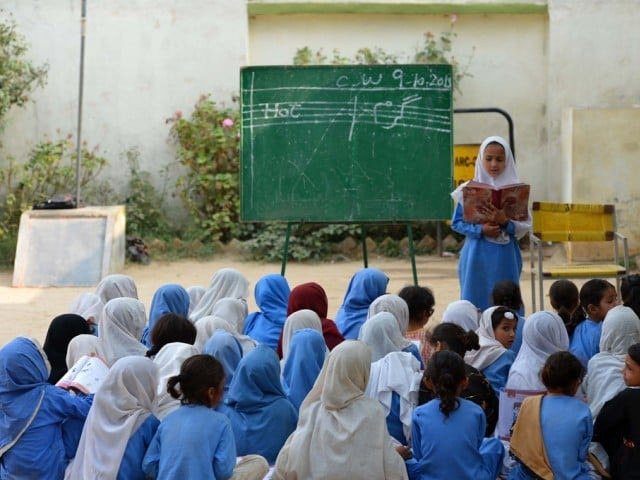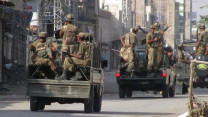Primary education: 64 schools merged with other educational institutes in Pindi
Low enrolment, poor performance, lack of trained teachers among reasons

Low enrolment, poor performance, lack of trained teachers among reasons. PHOTO: AFP/FILE
The district education officers said that low enrolment was being recorded at around three to four schools in the district in a year on average.
They said that the decision to merge schools was taken once enrolment at a particular school fell as low as 20.
Deputy District Education Officer Amjad Bugti said that there were two basic conditions for the merger of schools that were if there was another school operating adjacent to the school in question and/or the enrolment dwindled to extremely low.
To the question if presence of private schools had a role in low enrolment at the public schools, Bugti said that it was not the case since the public-private school ratio in the district was roughly 60:40, implying private schools could not possibly cater to all potential students in the region.
He said that there were other reasons for the low enrolment. Bugti said that for instance public schools Kolti Sathiyan had very low student enrolment for the simple reason that around 50 per cent of its population had migrated to Rawalpindi city leaving its schools empty.
Meanwhile, Bisali Assistant Education Officer Rizwana Kausar said that the basic reasons for the merger of schools were poor enrolment and lack of appropriate teaching staff at the schools.
She told The Express Tribune that there were a lot of other underlying reasons, which triggered poor enrolment. Kausar said that some primary-school teachers themselves were not qualified enough to teach the updated syllabus leading to poor student performance.
She said in case of absence of sanitary workers, some teachers engaged students in cleaning of school premises and toilets during study hours, which drove girls away.
She said that recently the Government Girls Primary School (GGPS) Sharifabad had to be merged with the GGPS Saroban after it was left with only 12 students.
Other schools recently merged due to poor enrolment are GGPS Melum and GGPS Thahkti.
Bugti said that the decision to merge schools should not be confused with consolidation of schools, which had more to do with ease in administration rather than low enrolment.
“If two schools were located at a distance of one kilometre or less of each other, enrolment was inadequate and there was no railway track, bridge or road located between the schools, only then the schools were merged,” he said.
“In case two schools are merged, their buildings are still utilised, assets are shared but the administration becomes one,” said Bugti.
Published in The Express Tribune, July 26th, 2015.



















COMMENTS
Comments are moderated and generally will be posted if they are on-topic and not abusive.
For more information, please see our Comments FAQ